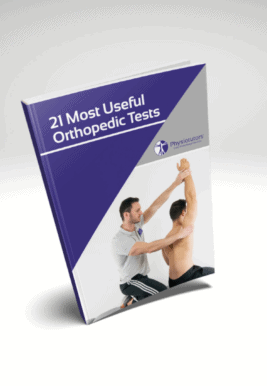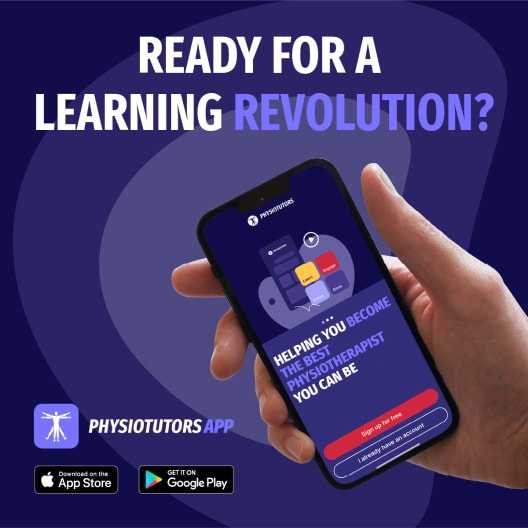Learn
SLR Sizer | Neurodynamic Differential Diagnosis
In this post, you will learn how you can use different build-ups of the Straight Leg Raise Test to distinguish between primary disc-related disorders and different secondary disc-related disorders.
Distal Initiation
- The patient is in supine lying position
- The examiner flexes the patient’s knee and hip to create slack in the dura mater
- Then the ankle is dorsiflexed for distal pre-tension of the sciatic nerve
- From this position the examiner passively extends the leg and passively flexes the hip while maintaining dorsiflexion until symptoms occur
- Then, the patient flexes the neck to achieve maximal tension of the dura
- At last, the examiner releases the dorsiflexion to allow the dura to move into cranial direction towards the starting position
Proximal Initiation
Like what you’re learning?
BUY THE FULL PHYSIOTUTORS ASSESSMENT BOOK
- 600+ Pages e-Book
- Interactive Content (Direct Video Demonstration, PubMed articles)
- Statistical Values for all Special Tests from the latest research
- Available in 🇬🇧 🇩🇪 🇫🇷 🇪🇸 🇮🇹 🇵🇹 🇹🇷
- And much more!











